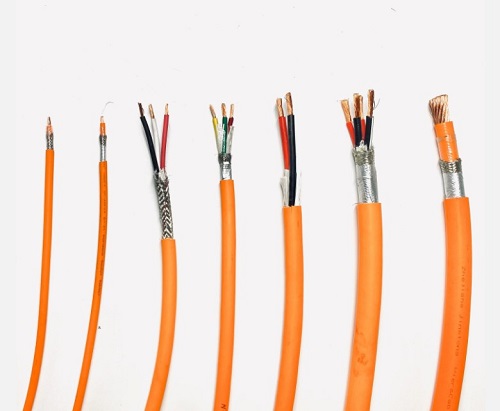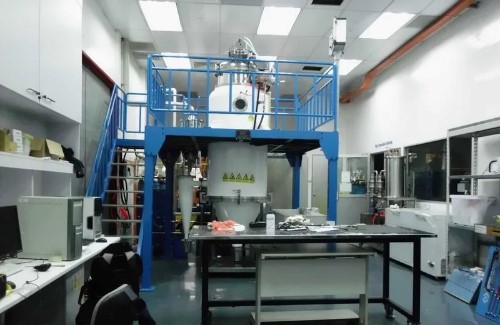Impurity Size Affects the Working of Superconducting Materials
North Carolina State University researchers have been hard at work trying to find the correlation between impurities and superconductive materials focusing on how the size of these impurities can affect or even benefit a superconductive material.
A superconductive material is one that is able to sustain electricity without losing any of the energy through leakages. These materials are commonly utilized by the medical industry through MRI technology and are set to take a huge role in materializing power technologies.
Bismuth strontium calcium copper oxide (Bi2212) is a superconductive material and is considered the only one of its kind that can be coiled in extremely high temperatures. It is therefore expected to be used in all things that fall into the high-energy physics bracket. These include transformers, electric power transmission lines, motors etc.
It will also be useful in areas that require huge magnetic fields. This includes magnetic applications that fall in this bracket with examples like magnetic resonance imaging technology and electromagnets.
For Bi2212 to be used for any of these applications, the material is heated to about 900 degrees Celsius after being fabricated into a multifilamentary wire containing 500 to 1000 Bi2212 filaments encased in silver. This process however, creates impurities that largely comprise of porous particles and Bi2201 in the material.
Dr. Justin Schwartz, author and Kobe Steel Professor and HOD of NC state’s Materials Science and Engineering says that although the porous particles are an issue, the impurities are what matter the most.
These impurities are what could alter the performance of Bi2212 positively or negatively. For instance, research has shown that large-scale impurities were found to hinder superconductivity acting as obstacles to current.Researchers are hard at work to come up with a better method of processing to optimize its superconductivity.
One way they found to improve Bi2212 performance as a superconductor is nanoscale impurities that range from 1.2 to 2.5 in width. These nanoscale impurities or flaws serve as the pivot point for fixing magnetic flux in position. This pivot point acts to stabilize the magnetic vortices to avoid them from shifting causing resistivity and obstructing superconductivity in the presence of a magnetic field.
Since people want to employ Bi2212 to produce high magnetic fields using electric current, fixing the magnetic flux is not an option but a necessity to enable this material to function in the existence of a magnetic field.









